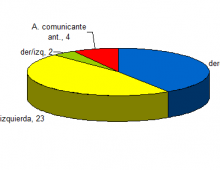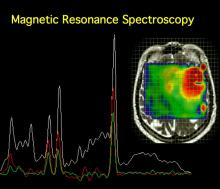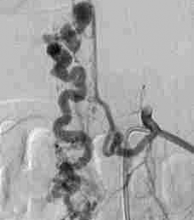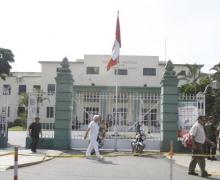Cerebral aneurysm diagnosed with angio-tomography and its surgical correlation at Daniel A. Carrión Hospital in the period May 2004 to November 2007
The authors study 51 patients with subarachnoid hemorrhage due to suspected intracranial aneurysms who underwent surgery in the Daniel A. Carrión Hospital, Peru, from May 2004 to Nov 2007, to determine the validity, sensitivity and specificity of 16 multislice spiral CT angiography (ATEM) in the diagnosis of cerebral aneurysms. They concluded that CT angiography is an excellent noninvasive test for the detection of intracranial aneurysms and to determinen their location.






